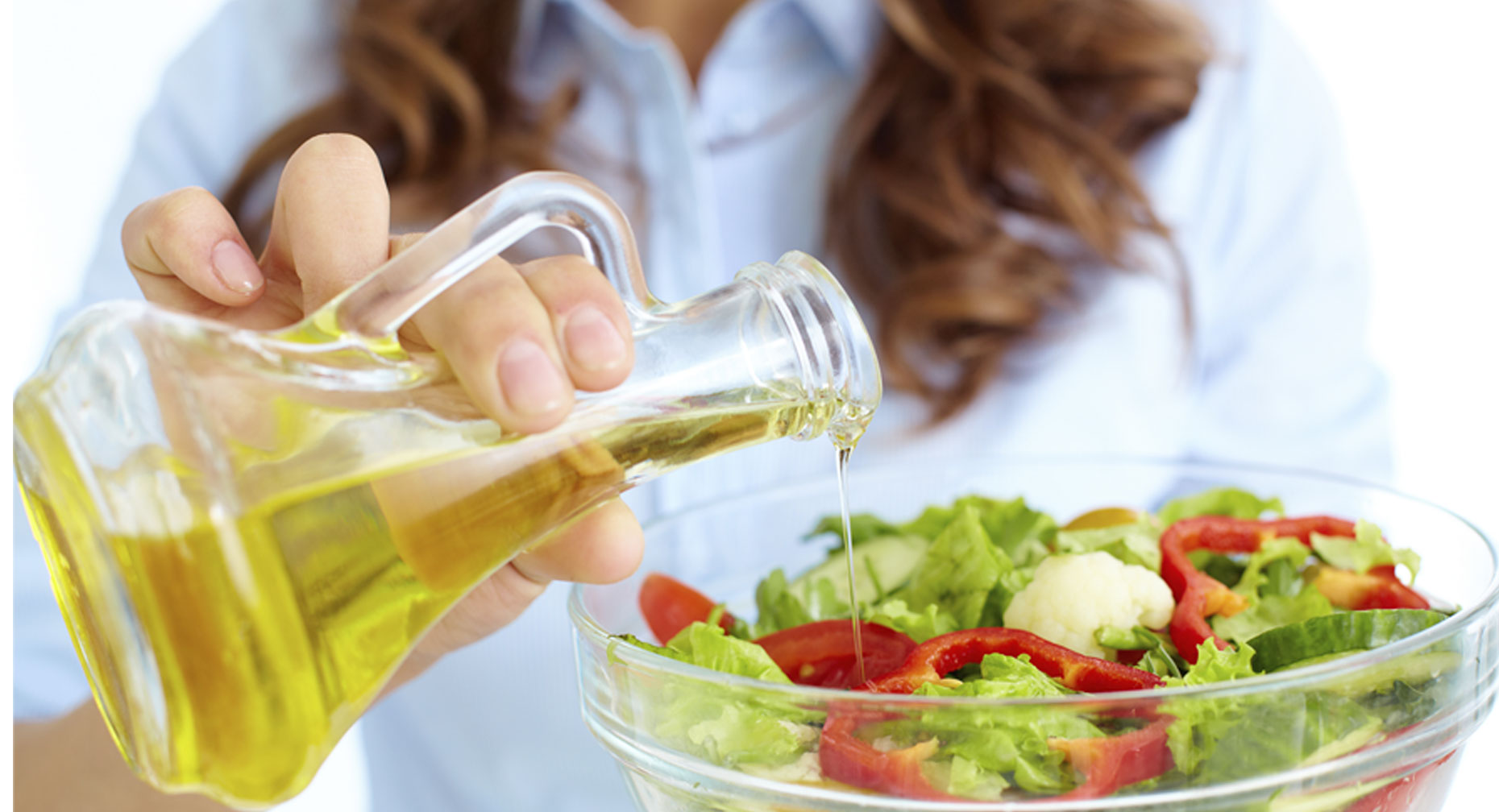The ‘Good’ And the ‘Bad’ Of Fats And How To Tell Them Apart For Better Heart Health

Find Your Perfect Match
Answer a few questions and we'll provide you with a list of primary care providers that best fit your needs.
Fats are an essential part of your daily diet. They provide your bodies needed energy, protect internal organs, promote cell growth, help your body absorb certain nutrients, produce essential hormones, and warm your body.
However, fats are not all created equal. Some are better for the health of your heart and vascular system—the arteries and veins. They’re often referred to as “good fats.” That’s in contrast to “bad fats,” which raise your risk for heart and vascular disease.
So what is “good” and what is “bad”?
Here’s a quick rule of thumb:
- The good fats tend to be liquid, like vegetable oil.
- The bad fats typically are solid at room temperature, like butter.
The following are considered “good,” healthier fats:

- Monounsaturated fats. These include vegetable oils that include olive, canola, and peanut oils. Avocados and some nuts also contain these heart-healthy fats. They lower the level of unhealthy LDL cholesterol in your bloodstream.
- Polyunsaturated fats. These include vegetable oils such as corn, safflower, and soybean oils. Some seeds, nuts, and fish also contain these fats, which also lower LDL cholesterol. Some unsaturated fats also can help lower triglycerides, which play a role in raising the risk of heart disease and stroke.
These are the “bad,” less healthy fats:
- Saturated fats. Found in animal products, such as meat, poultry, whole milk, lard, and butter, these fats raise LDL cholesterol and your risk for heart disease.
- Hydrogenated oils and trans fats. These are formed from processing vegetable oils into solid fats. They’re commonly found in processed foods and pose a double threat in raising the risk of heart disease. They increase levels of unhealthy LDL cholesterol and lower levels of healthy HDL cholesterol.
For good heart health, it’s best to choose foods that contain the good fats and minimize consumption of foods that contain bad fats, such as processed foods.
But … all types of fat pack more calories than other nutrients
No matter whether they’re “bad” or “good,” all fats contain nine calories per gram, compared to four calories per gram of protein or carbohydrates. And the more calories we consume—no matter where they come from—the more weight we gain.
For the best balance of fats, calories, and overall nutrition, strive for a diet that:
- Is rich in vegetables, fruits, and whole grains
- Includes low-fat dairy products, poultry, fish, non-animal protein sources such as legumes, unsaturated oils, and nuts
- Limits red meats, sodium, and sweets, including sugar-sweetened beverages
Find Your Perfect Match
Answer a few questions and we'll provide you with a list of primary care providers that best fit your needs.
Source: American Heart Association




